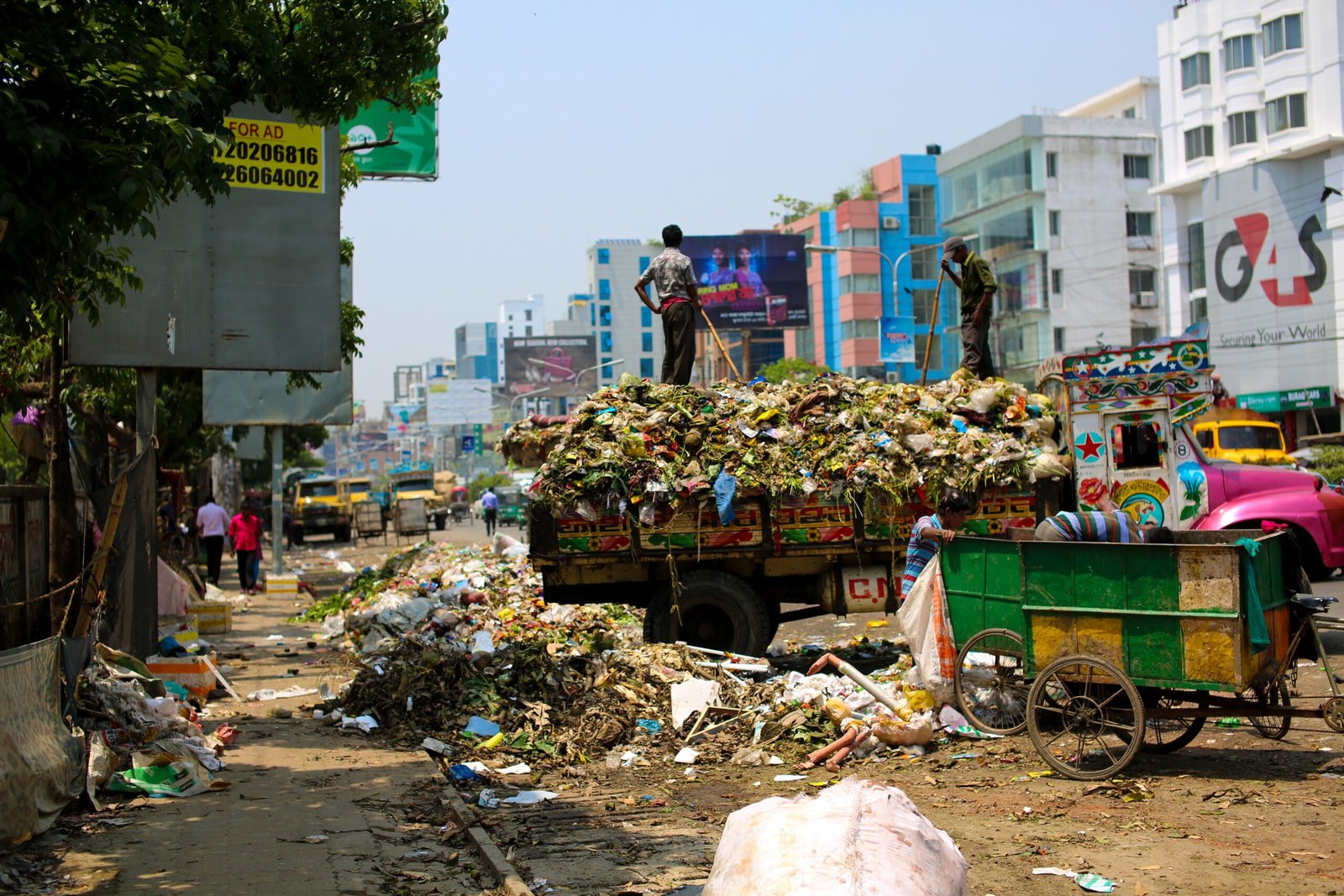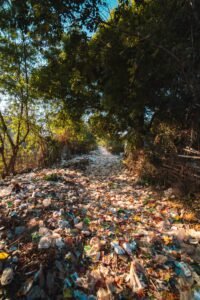Essay on pollution
The Imperative of Environmental Awareness
In the modern era, it has become imperative for students to grasp the intricacies of pollution. To be responsible global citizens for the sake of future generations, children must comprehend how human activities leave indelible marks on the environment and nature. This topic is of paramount importance, and students should equip themselves with the skills to craft engaging essays on ‘Pollution’ with ease.
Guidelines for Effective Essay Crafting
Before embarking on the journey of composing an essay, it is vital to adhere to certain guidelines:
- Thoughtful Contemplation: Avoid hastiness in the writing process. Take time to reflect and organize your thoughts.
- Segmented Structure: Divide your essay into distinct sections, including an introduction, main body with relevant points, and a concluding segment.
- Conciseness: Employ short paragraphs and succinct sentences to mitigate the risk of inadvertent errors.
- Factual Foundation: Whenever applicable, bolster your arguments with factual data, including relevant years and dates.
A Deeper Dive into Pollution
Introduction: A Global Conundrum
Pollution, a pervasive and escalating issue, has firmly entrenched itself in today’s world. Its existence predates human evolution, manifesting in diverse forms through phenomena like volcanic eruptions and wildfires, catalyzing photochemical reactions in the atmosphere. However, the contemporary concern is the exponential rise in pollution, primarily stemming from various anthropogenic sources. Indeed, humans and their creations are among the principal instigators of this pervasive scourge, endangering the planet Earth. As responsible denizens of this shared habitat, we bear a solemn duty to combat the looming menace.
Understanding Pollution
At its core, pollution signifies the presence of contaminants within the natural environment, precipitating harm and resulting in deleterious changes. Pollution, in all its forms, exerts a profound and pernicious impact.
The Multifaceted Face of Pollution
Pollution reveals itself in a multitude of guises, with the three primary forms being:
- Air Pollution
- Composition: Air pollution arises from the influx of noxious gases and particulates into the atmosphere. These pollutants originate from diverse sources, including vehicular emissions, dust and particulate matter, and noxious emissions from industrial enterprises.
- Mitigation Measures: Curtailing air pollution necessitates measures like advocating carpooling and public transportation, rather than the unrestrained use of private vehicles. Reducing or eliminating the incineration of trash and other materials stands as a pivotal step to combat this predicament.
- Water Pollution
- Nature of Contamination: Water pollution materializes when toxic substances infiltrate bodies of water, including lakes, oceans, and rivers. The sources of such contamination are manifold, encompassing chemical fertilizers, industrial effluents, sewage and wastewater, mining activities, and marine dumping.
- Resolving the Crisis: Resolving water pollution demands a concerted effort to refrain from discarding plastics and waste materials into water bodies. Simultaneously, the prudent use of chemicals such as pesticides and insecticides, known to affect marine life, is imperative.
- Soil Pollution
- Defining Characteristics: Soil pollution transpires when toxic substances infiltrate the Earth’s soil, typically attributed to the excessive application of fertilizers and pesticides, deforestation, and the deposition of industrial waste.
- Proposed Remedies: To preserve soil fertility, governmental regulations must curtail the unrestrained use of fertilizers, while afforestation initiatives should be promoted to bolster the soil’s structural integrity.
Beyond the Trifecta: In addition to these primary forms, rare yet ominous types of pollution persist, including radioactive pollution, induced by the presence of radioactive substances like nuclear waste in air, solids, or liquids.

Unmasking the Human Toll of Pollution
Pollution’s Encroachment on Human Health
Pollution, increasingly pernicious, exerts a deleterious influence on human health. Its repercussions are felt in the form of various debilitating diseases, reflective of the diverse manifestations of pollution.
Airborne Afflictions
- Chronic Conditions: Air pollution inflicts a litany of health issues, such as lung cancer, major coronary heart disease, asthma, and respiratory problems.
Waterborne Woes
- Menace to Hydration: Water pollution begets ailments like cholera, hepatitis A, typhoid, polio, dysentery, and diarrhea, jeopardizing the health of both humans and marine life.
Soil-Induced Struggles
- Soil-Transmitted Syndromes: Soil pollution leads to cancer in its various forms, leukemia, damage to the nervous system through contact with soil-borne lead, as well as organ failure, including liver and kidney maladies.
Paving the Path to Pollution Mitigation
Methods to Tackle Air Pollution
Mitigating air pollution necessitates a comprehensive approach, encompassing:
- Chimney Regulation: Industries must implement technology to filter and disintegrate harmful gases from emissions before their release into the atmosphere.
- Sustainable Commuting: Advocate for the use of public transport and cycling as eco-friendly alternatives to private vehicles, mitigating harmful emissions.
- Fire Control: Encourage the cessation of practices such as burning plastic, paper, and dry leaves, which culminate in detrimental atmospheric pollution.
Strategies for Addressing Water Pollution
Contending with water pollution calls for concerted efforts, entailing:
- Waste Disposal Responsibility: Refrain from disposing of plastics and organic waste materials into water bodies to preserve their pristine quality.
- Reduced Chemical Utilization: Avoid the purchase and application of hazardous chemical products, particularly pesticides and insecticides, known to disrupt aquatic ecosystems.
- Detergent Prudence: Select detergents wisely, as their chemicals can permeate water sources and affect aquatic life and water quality.
Addressing Soil Pollution
To combat soil pollution, proactive measures must be adopted, including:
- Hazardous Chemical Avoidance: Industries must desist from disposing of hazardous chemicals into the soil, thereby preserving its integrity for agricultural purposes.
- Biodegradable Containers: Utilize biodegradable food containers, mitigating the detrimental influence of plastics.
- Afforestation Initiatives: The planting of trees fosters soil stability and rejuvenation, which serves to fortify the soil’s compositional balance.
Gradual Reduction of Pollution
Empowering Individual Action
Upon gaining insight into the multifaceted dimensions of pollution, the impetus for proactive participation becomes apparent. Every individual has a role to play in curtailing pollution and safeguarding the environment:
- Air Pollution Alleviation: Avoid indulging in activities like bursting crackers, opt for public transport, and minimize the use of loudspeakers and vehicular honking to reduce noise pollution.
- Eco-Conscious Choices: Champion eco-friendly initiatives like tree planting, reduced plastic usage, and the adoption of sustainable household products.
The Collective Quest for a Pollution-Free Future
In conclusion, pollution casts an ominous shadow over our environment, human existence, and wildlife. As conscientious inhabitants of this shared planet, we must unite and take proactive steps to counter this impending catastrophe. Innocent lives are daily imperiled by pollution’s malevolent grasp.
for more –https://www.vedantu.com/english/pollution-essay
ALSO READ –https://worldwriter.site/essay-on-pollution-2023/


